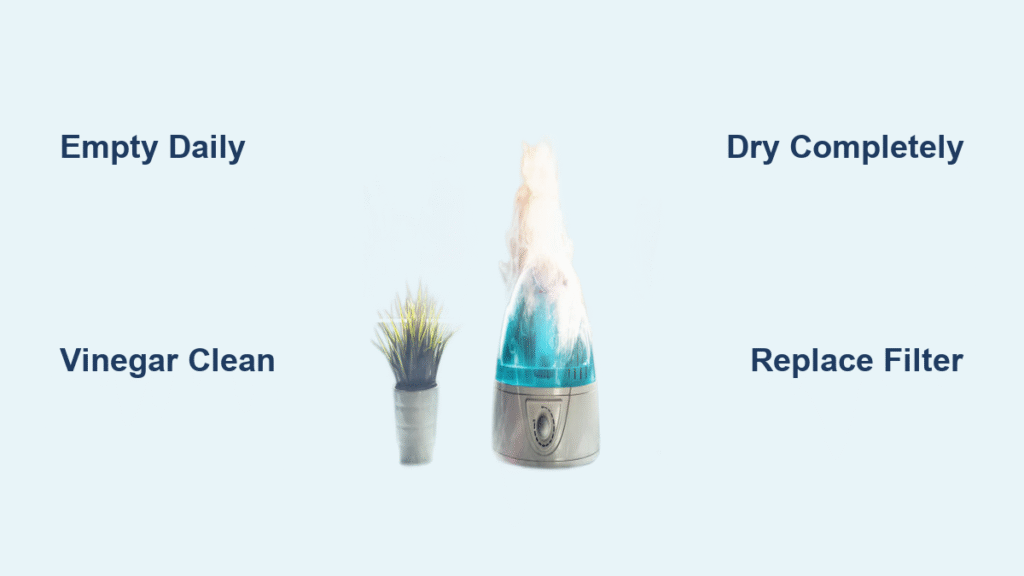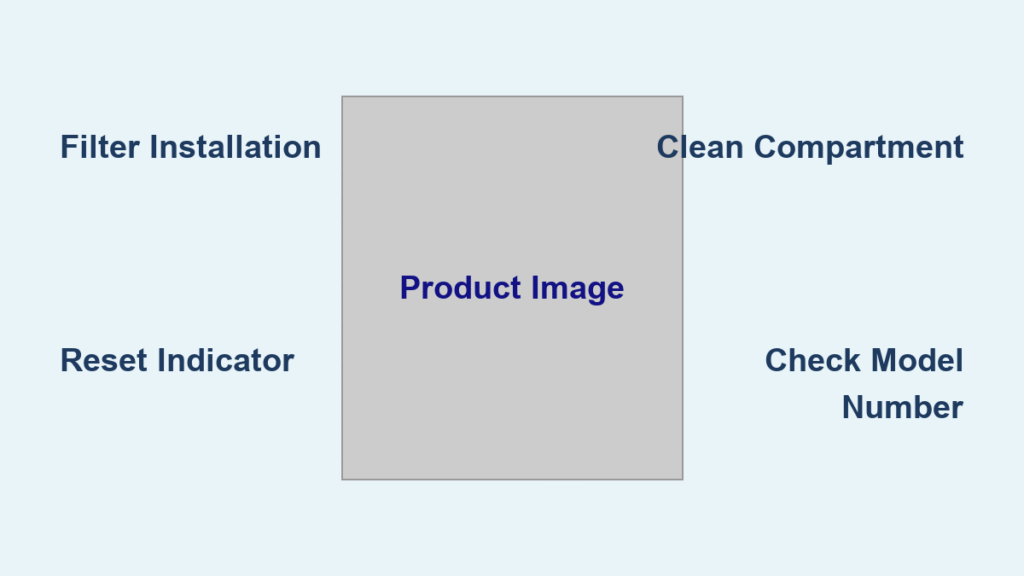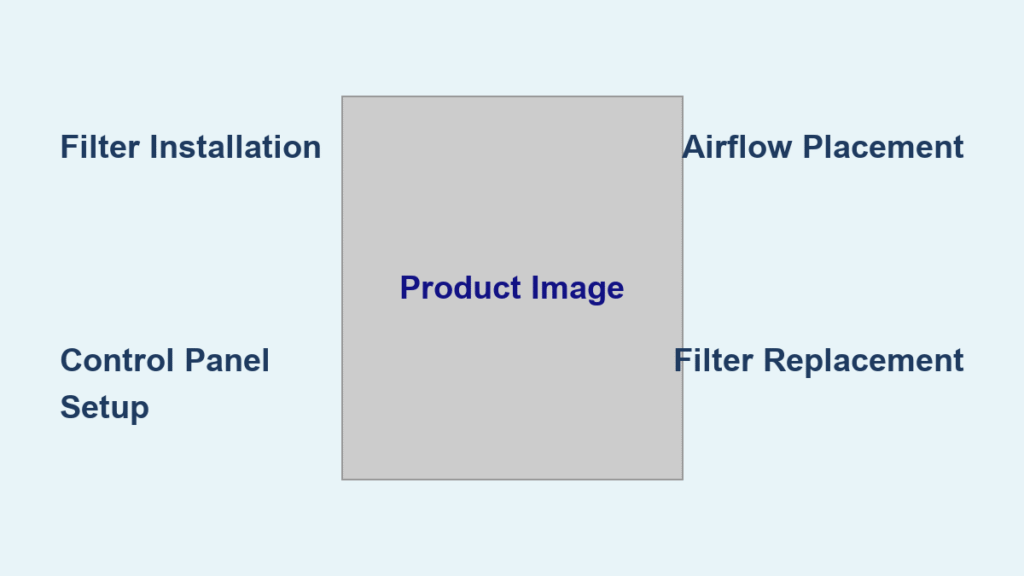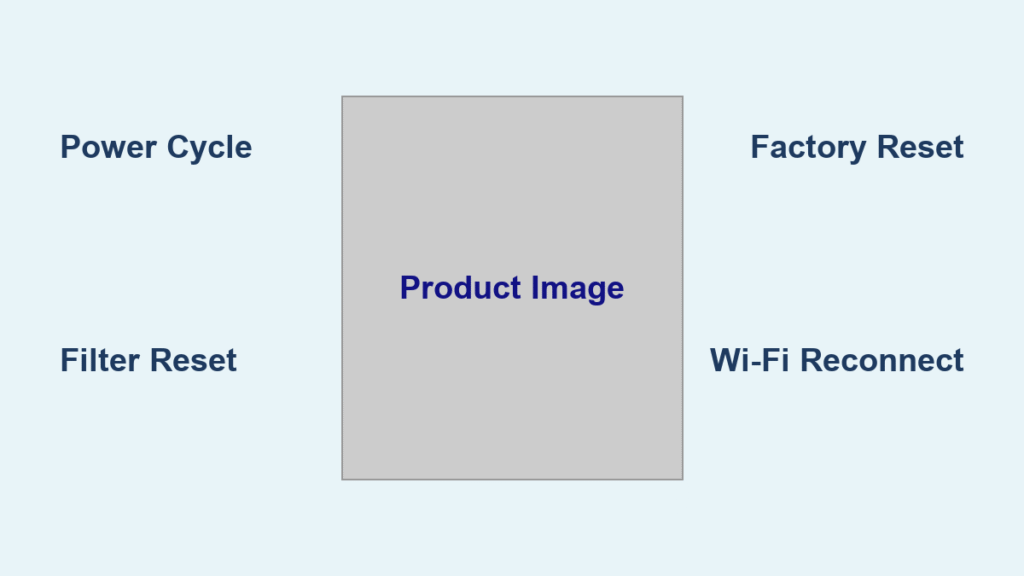That musty odor wafting from your humidifier? It’s a red flag signaling dangerous mold and bacteria thriving in stagnant water. When you skip regular cleaning, your moisture-adding machine transforms into a health hazard—circulating invisible contaminants that trigger allergies and respiratory issues. The Centers for Disease Control warns that improperly maintained humidifiers can worsen asthma and spread airborne pathogens, especially in homes with children or elderly residents.
The good news? How to wash humidifier components correctly takes just minutes and prevents 90% of problems. This guide delivers model-specific protocols—whether you own ultrasonic, warm-mist, or evaporative units—so you’ll know exactly when to rinse, descale, or disinfect. Stop guessing and start breathing safer air with these actionable steps.
Daily Empty and Dry Routine
Empty your humidifier tank immediately after each use—never let water sit overnight. Stagnant water breeds biofilm (that slippery slime) within 24 hours, turning your unit into a bacterial factory. Unplug the device, pour out all remaining water, then invert the tank and shake vigorously to dislodge hidden droplets in corners and crevices. Skipping this step invites mold growth that’s impossible to remove later.
Let all parts air-dry completely on a clean towel before refilling. This 60-second habit prevents mineral buildup and microbial colonies. If you spot cloudiness or residue during emptying, jump straight to the weekly deep-clean protocol—don’t wait.
Pro tip: Designate a drying spot near your humidifier (like a folded microfiber cloth) as a visual cue. Pair this with your morning coffee ritual to build consistency.
Optional Daily Treatments
- Protec tank cleaner cartridges release slow-acting inhibitors for 30-day protection (ideal for ultrasonic models)
- Essick Air bacteriostatic drops target evaporative systems specifically but require weekly rinsing
- Critical reminder: These supplements never replace daily emptying—they’re secondary defenses only
Weekly Deep Clean Protocol

Disassemble your humidifier completely before cleaning. Unplug it, then remove the water tank, base, cap, floats, and demineralization cartridges. Never submerge electronic components—water damage voids warranties and creates shock hazards. Start with a quick rinse to remove loose debris before tackling stubborn buildup.
Remove White Chalky Buildup
Mix 2 tablespoons white vinegar with ½ gallon of cool water (or 1 teaspoon citric acid powder for sensitive plastic). Scrub every interior surface—especially corners and crevices—with a soft brush. For crusted mineral deposits, pour undiluted vinegar directly on affected areas and let it soak 20 minutes. The acid dissolves limescale harmlessly; you’ll see flakes detach as you scrub.
Rinse and Dry Thoroughly
Rinse all parts under running water until vinegar odor vanishes completely. Residual acid corrodes plastic over time. Place components on a drying rack with space between them—never reassemble damp parts. Moisture trapped in hidden seams reignites mold growth within hours.
Monthly Disinfection Process
Sanitize your humidifier at least once monthly—or every 3 days during heavy winter use. The EPA mandates this frequency for households with immunocompromised individuals. If your unit emits a “dank” smell, disinfect immediately—it indicates advanced bacterial colonization.
Choose Your Disinfectant
Never combine vinegar and bleach—this creates lethal chlorine gas. Pick one method:
Bleach solution: 1 teaspoon unscented bleach per gallon of water. Soak non-electronic parts 10–30 minutes, then rinse until water runs odorless.
Hydrogen peroxide: Fill the tank with 1 part 3% peroxide to 3 parts water. Soak 30 minutes for chemical-free sanitizing that breaks into oxygen and water.
Outdoor flush method: For severe contamination, run the disinfectant solution outdoors for 10–15 minutes to purge internal channels. Empty, rinse twice, and air-dry.
Ultrasonic and Cool-Mist Cleaning

Clean the Ultrasonic Disc
That dark ceramic ring at the base creates mist via vibrations. Micro-film buildup here reduces output by 40%. Dip a cotton swab in equal parts vinegar and water, then gently wipe the disc until it shines. Rinse under cold water—never scrub aggressively, as abrasion damages the oscillator.
Tank and Base Care
Follow weekly/monthly protocols strictly. These models atomize water directly, accelerating mineral accumulation. Using distilled water cuts cleaning frequency by 70%—a non-negotiable step for ultrasonic units.
Warm-Mist (Steam) Model Care

Heating Element Maintenance
Unplug and cool the unit completely before cleaning. Submerge the heating coil in undiluted white vinegar for 30 minutes to dissolve insulating scale. Gently brush with a soft toothbrush—metal scouring pads scratch surfaces, creating future buildup zones. Rinse until water runs clear; a clean element uses 15% less energy.
Evaporative Wick Filter Care

Never apply bleach or vinegar to wick filters—chemicals destroy antimicrobial coatings. Instead, remove the filter weekly and swish it in cold water for 5 minutes to release trapped biofilm (brown residue is normal). Air-dry upright to prevent mold in the dense fibers. Replace filters every 3–6 months; stiff or discolored filters circulate 3x more contaminants.
Vinegar-Free Cleaning Alternatives
Baking Soda Method
Mix 1 tablespoon baking soda with 1 quart warm water for odor-sensitive users. Scrub all surfaces, soak 20 minutes, then rinse. Effective for light scale and neutralizing smells without vinegar’s pungency.
Hydrogen Peroxide Alternative
Use 1 part 3% peroxide to 3 parts water for residue-free sanitizing. Soak 30 minutes, scrub, and rinse—ideal for plastic components that absorb vinegar odors.
Lemon Juice Fresh
Combine fresh lemon juice and water 1:4 for light descaling plus natural deodorizing. Wipe interiors, wait 15 minutes, then rinse thoroughly. Avoid prolonged contact with rubber seals.
Fix Persistent Problems
Remove Heavy Mineral Buildup
Soak affected parts in undiluted vinegar for 30 minutes, then scrub with a nylon brush. For extreme cases, use commercial descaling solution per label instructions—never use CLR on humidifiers, as it damages plastic.
Eliminate Slimy Biofilm
Disassemble completely, then soak all parts in 3% hydrogen peroxide for 10 minutes. Scrub every surface with a soft brush, rinse until odorless, and air-dry 24 hours. This kills bacteria at microscopic levels.
Banish Lingering Odors
Soak components in equal parts water and vinegar for 1 hour. If smells persist after triple-rinsing, replace the tank—porous plastic retains contaminants permanently.
Prevent Cleaning Headaches
Switch to distilled water exclusively—it contains zero minerals that cause scale. Wipe the unit’s exterior weekly with a damp cloth to block dust entry. Replace filters on schedule even if they look clean; clogged filters strain motors and reduce moisture output by 50%. Store off-season units bone-dry after deep-cleaning, and disinfect again before reuse.
Safety First, Always
Unplug before every cleaning session—water near electronics risks electrocution. Use rubber gloves and eye protection with bleach solutions. Never operate with an empty tank, as this burns out ultrasonic transducers or heating elements in under 5 minutes. Keep cords elevated with drip loops to prevent water ingress.
Essential Supplies Checklist
Daily/Weekly Must-Haves:
– Distilled water (non-negotiable for scale prevention)
– White vinegar or citric acid powder
– Soft bottle brush with angled head
– Cotton swabs (for ultrasonic discs)
– Lint-free microfiber cloths
Monthly Critical Items:
– Unscented household bleach or 3% hydrogen peroxide
– Rubber gloves and safety goggles
– Replacement wick filters (evaporative models)
Consistent cleaning transforms your humidifier from a hidden health threat into a reliable wellness ally. By following these precise how to wash humidifier steps—daily emptying, weekly deep cleans, and monthly disinfection—you’ll eliminate 99% of contaminants while extending your unit’s lifespan. Remember: distilled water is your first line of defense, and never skipping the dry phase prevents 90% of problems. Mark your calendar for weekly and monthly sessions, and enjoy truly clean, healthy moisture all season long. Your lungs will thank you.

